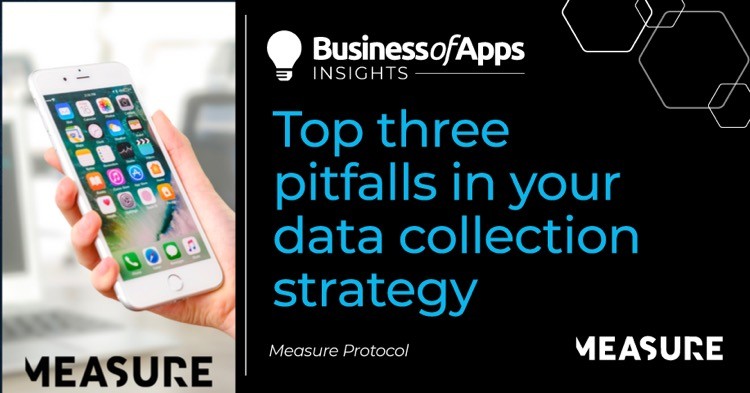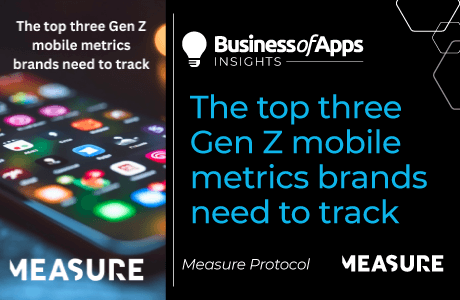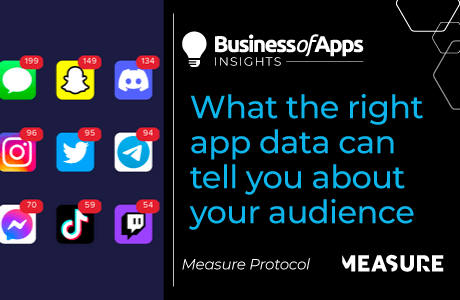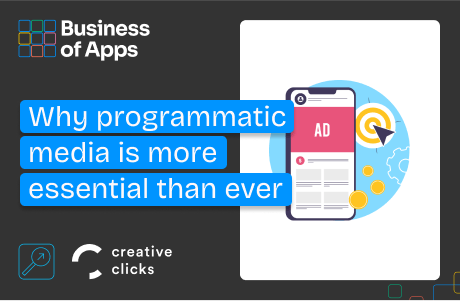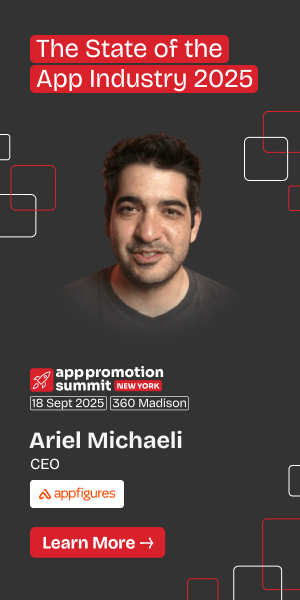If you are using customer experience data for business-critical decisions, then you need to ensure you have the whole picture and an in-depth understanding of your audience. To do this in today’s landscape, we must occasionally break down the whole into its parts, examining data points as they relate to an individual, rather than the group. As such, brands are increasingly moving towards understanding the holistic customer through behaviors, attitudes, and preferences.
To do this, we must look at customer experience data as all-encompassing. This means not only understanding how someone is answering a survey question or making purchases, but also their overall, cross-platform, omnichannel experiences with a brand, product, or service. Bringing in data such as mobile app engagement, notifications, messages, Amazon purchases, web searches and browsing, and even Netflix episode-watching, can help.
However, the ability to collect customer-level experience data like this is becoming increasingly elusive. This can be attributed to a number of recognized, but under-appreciated or understood reasons, some of which include new privacy regulations, moves by big tech players to lockdown data due to consumer privacy concerns, and the hesitancy of consumers themselves to share information.
Disproportionately, this is even more challenging when looking at individuals using Apple iOS devices. Apple has taken a strong position for user privacy, placing restrictions on data collection and services. Numerous leading apps used for collecting device-level metrics have been permanently removed from the App store, and the use of VPN services is under scrutiny. In addition, the implementation of the Apple “App Tracking Transparency” has significantly impacted the marketing industry’s access to users’ data. With iPhones recently overtaking the Android operating system market share (57%) in the United States, this means you may be missing customer-level data from a critical segment of your audience.
Layer these system-specific restrictions with increasing legislation (such as GDPR) that has empowered users with more control over their data; the demise of cookie-based technologies; and individuals becoming more protective of their data and privacy – and you have the perfect anti-data-collection storm.
In this type of landscape, we see many brands or services falling into some common pitfalls that don’t provide an in-depth view of today’s complex audiences. Here are three things to remember:
Beware of vanity metrics. Apps often brag about their downloads, and while the numbers can be into the millions, the average individual typically has less than 50 apps on their device, so the math doesn’t add up. Actual engagement for most apps on a weekly basis is minimal, so metrics like these don’t hold a lot of valuable insight.
Go deep – not wide. Many data services are very good at providing the big picture, what’s happening on a broad level, but fail to go deep at an individual level. Customers are complex and unique so understanding them at a deep level provides an advantage over more typical broad consumer behavior data.
Question the data: You may not be getting as much as you think. It’s easy to throw around statistics and numbers from a survey, but does it really help you understand the “why” behind consumer behavior? Having a deep understanding of the data methodology that is providing your insights will help ensure you are getting the true picture – not just the what, but the why.
How to fill in the missing pieces
With the current ecosystem surrounding consumer privacy – as marketers say goodbye to IDFAs, VPNs, fingerprinting, browser cookies and more – finding an approach that works without these is vital. And that approach must also work inside the restraints of current regulations and consumer concerns. The ability to examine in-depth consumer behavioral data can be the difference between success and failure.
We know consumers are spending more and more time on their phones, with Americans alone spending an average of 5.5 hours on their device every day. Sixty-two percent of website traffic comes from mobile devices and, even more importantly, at least 90% of time is spent using apps. With Apple’s restrictions, this makes it extremely difficult to understand what nearly 60% of your mobile consumer population is doing on their phones. You need to ensure iOS data is represented if you want a full picture of customers.
New data collection solutions, such as Measure’s Retro, provide access to previously inaccessible in-app data directly from consumers. Because of a ground-up focus on consumer data control, privacy and trust, they are more willing to provide detailed behavioral data. With an easy-to-use, low-friction interface, users can share real app-level data, allowing brands to collect deeper and richer behavioral profiles. Seeing how individuals engage with brands and apps on their devices is a critical piece of customer experience data.
For example, we used Retro to take a closer look at heavy users of Discord, an instant messaging social platform primarily for gamers with over 150 million active users. We not only were able to find out why these individuals loved Discord – messaging directly with friends, connecting while gaming, being part of a social group – but we were able to examine what else they were doing on their phones as well. Turns out, they were actually spending the majority of their time on TikTok, at 11.2 hours per week, 7.5 on Discord itself, followed by 7.1 hours on YouTube. Safari and Instagram trailed behind at around 3 hours per week.
Understanding why someone likes a specific app, and how many downloads it has, is only part of the picture. You need to understand where your audience is spending their time, and what apps and services they are engaged with, in order to best reach them and make business decisions.
As most businesses have become data dependent, new challenges around data collection and access, specifically around iOS devices, mean that businesses are not firing on all cylinders when such a critical sector of data is compromised. There are more than one billion iPhone users out there that are not being accounted for accurately and businesses are only slowly becoming aware of these limitations.
If you want the full “high resolution” picture of your customers, you need to ensure iOS data is represented. When you go deep on consumer behavior, only then are you positioned to fully take advantage of your data investments and be confident that the data you’re using is holistic enough for business-critical decisions.



